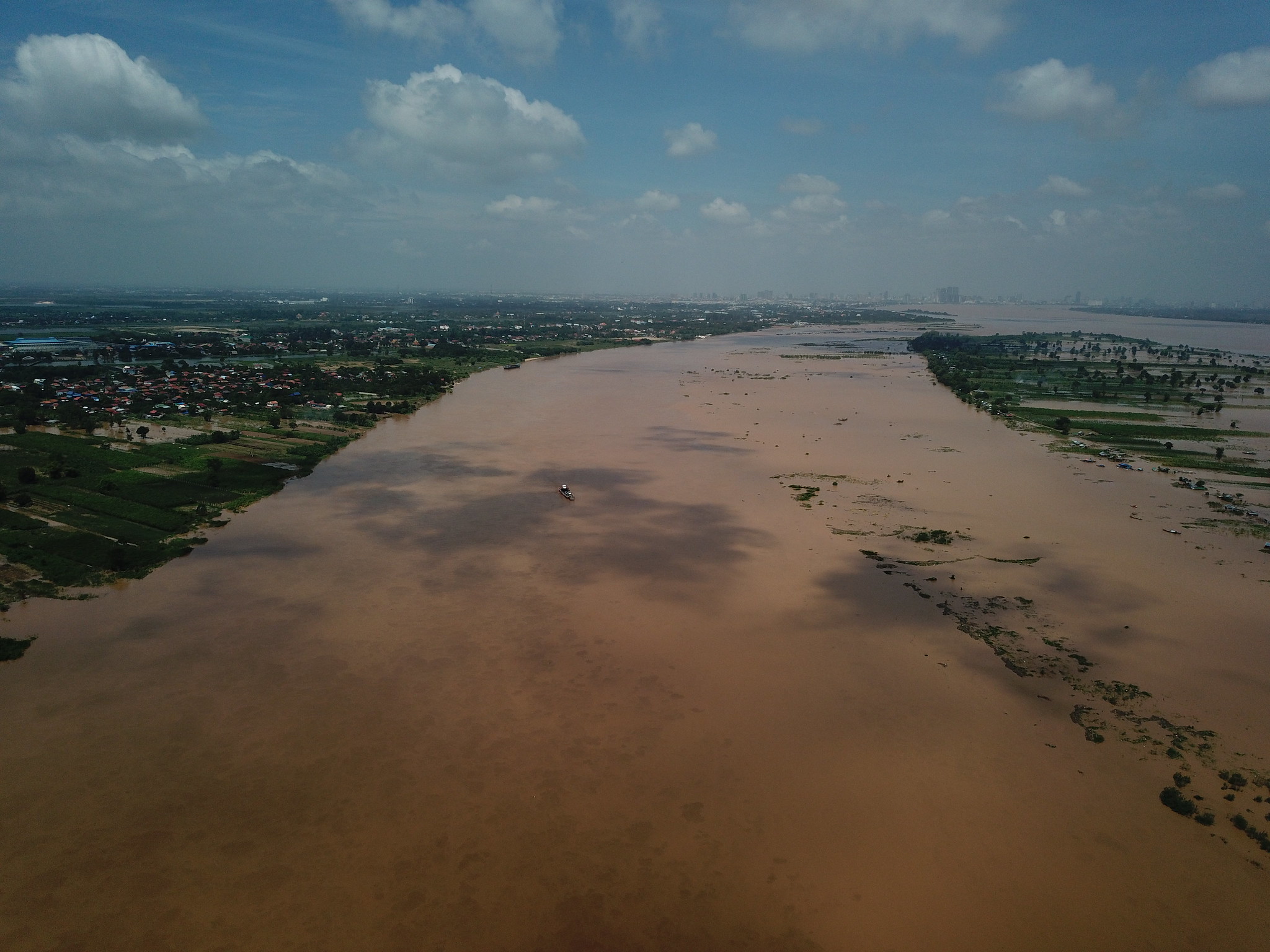
Managing the 307,000 square mile (795,000 km2) watershed of the six-country Mekong River basin is not a task any one country can accomplish alone. It was with this in mind that the 1995 Mekong Agreement established the Mekong River Commission (MRC), an intergovernmental organization that works with Lao PDR, Thailand, Cambodia, and Vietnam to cooperatively manage resources and coordinate sustainable development of the watershed. The MRC develops strategic plans for the basin, the latest of which was created to cover the period of 2016 through 2020. This plan identifies key objectives, including improvements in regional cooperation, enhanced monitoring and communication of basin conditions, more efficient basin organization, and improvement of national plans, projects, and resources. The recently published 2019 MRC Annual Report highlights progress towards accomplishing the goals of the strategic plan over the past four years.
Like watersheds around the world, the Mekong is experiencing unprecedented changes from increasing human populations, dam construction, and climate change, which require managers to constantly adapt. The 2019 State of the Basin Report identified both opportunities and critical issues that MRC member countries need to consider as they update their development strategies, including the need to monitor flow conditions and water quality, taking action to preserve environmental assets such as wetlands and fisheries, and evaluating trade-offs between sectors and countries. Further, the MRC has taken steps to address emerging threats in the basin, such as a Drought Management Strategy, which lays out a framework for improved forecasting and enhanced capacity for drought mitigation and adaptation. Monitoring and forecasting of hydrological conditions in the Mekong Basin have been a primary objective of the MRC since its inception, the organization is expanding its scope to address new and emerging challenges, such as turning the Regional Flood Management and Mitigation Center into the Regional Flood and Drought Management Center. Improvements in monitoring and forecasting services have become increasingly necessary, as 2019 saw both historic levels of drought and intense flooding in the Mekong Basin.
The MRC generates and handles a massive amount of data, and much of its strategic planning has focused on overhauling information technology systems to improve data availability, modelling, forecasting, and communications. An assessment of current systems and potential for reinvigoration indicated that effectively managing and communicating data will require the development of a dashboard and visualization tools. Some of these recommendations have already been implemented through improvements to the MRC data portal. Another major focus of the MRC has been to improve partnerships, cooperation, and stakeholder engagement. Their Environmental Strategy, which focuses on cooperative protection and conservation of environmental assets throughout the lower Mekong, was recently submitted for approval, and is intended to compliment the national strategies of each member country. The MRC also recently initiated the Joint Environment Monitoring Program for Mekong Mainstream Hydropower Projects, a regional program that seeks to evaluate the impacts of dam construction in the basin. At the international level, China has agreed to share extensive hydrological data on the Mekong River (or the Lancang River, as it is known in that country). The MRC has also been invited to participate in meetings of the Lancang-Mekong Cooperation joint working group. Relationships were also strengthened with watershed management organizations beyond the Mekong region, including the Mississippi River Commission in the United States and the Murray-Darling Basin Authority in Australia. These organizations have conducted exchange programs with the MRC to share knowledge on topics from flood protection to stakeholder engagement. Such efforts to improve the sustainability of development and adaptively manage the Mekong are crucial to the environmental health of a region undergoing rapid change.